Part 5 of the Tavşanlı Zone field trip left us eating lunch amid some fine blueschists. Of course, nothing tops off a blueschist lunch like… more blueschist. So after our meal, we took another stroll through the countryside in search of more interesting subduction zone rocks…
I’;ve got a bunch more photos for you today. Let’s start with this fine “schisty” example of a blueschist, with big needles of glaucophane lying in the plane of foliation. I like how coarse this is — I mean, phyllitic rocks of blueschist grade are lovely, too, but you need a petrographic scope to see the glaucophane. Here, it’s rather obvious.
Zoomed in a bit to the zone between my pinkie and ring finger, to show the delicious texture:
Yes, Virginia, glaucophane is an amphibole.
Typical blueschist exposure, looking down the plane of foliation. Here, a Turkish 1-lira coin provides a sense of scale:
Geologists on the field trip ponder the meaning of greenschist in with the blueschist, just like with did back at our first stop:
A fold axis I found, kind of rough, but weathered out in three dimensions, and decorated with parasitic folds:
Other side (flipped 180°):
Big porphyroblasts that were identified by the mineralogists on the trip as chloritoid, showing pressure tails:
Zoomed in, with annotations:
More blueschist:
Another location was this lovely expanse of countryside, where we were turned loose for several hours to explore on our own. Here are slabs of marble poking out of the ground along a series of ravines:
In many places, the marble was exquisitely folded. This is the place that the Friday fold from the week before last came from. Here’s another folded marble exposure:
Same thing, with the foliation (bedding?) trace highlighted for you:
Another example:
…and here’s what that looks like annotated:
One more outcrop, for good luck…
Same thing, contrastified, and with the folds highlighted:
These lineated marble layers caught my eye…
Same sample, rotated 90°:
A similarly sized sample, but this is of blueschist, with a fold in the foliation:
Oooh… green treasure! Here is a pod of eclogite in with the blueschist:
More eclogite, showing the prominent “Christmas tree” effect of red garnet against a background of green omphacite:
More eclogite:
…And yet more again:
Some bookshelfing in a stiff layer in the marble:
Same thing, but with annotations:
Lastly, I found one area where there large nodules of opaque green stuff. No one knew what this was, though epidote was suggested as a possibility:
Man! Almost done with the field trip… Soon we will get to part 7…

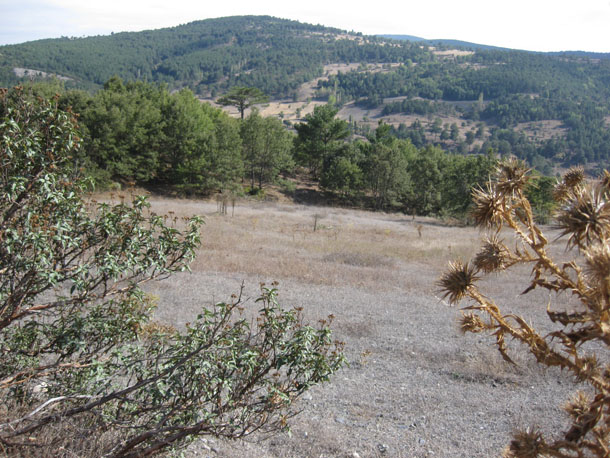
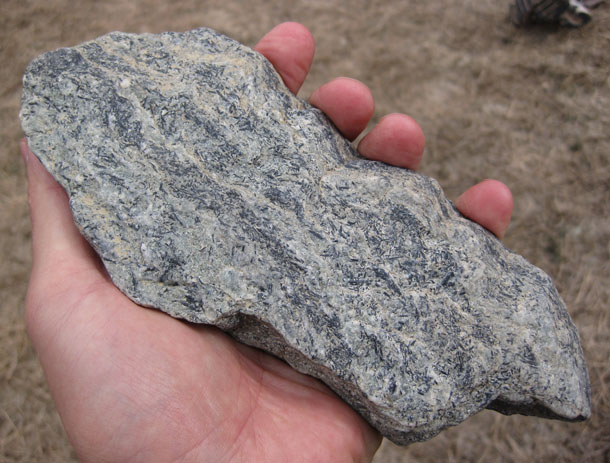
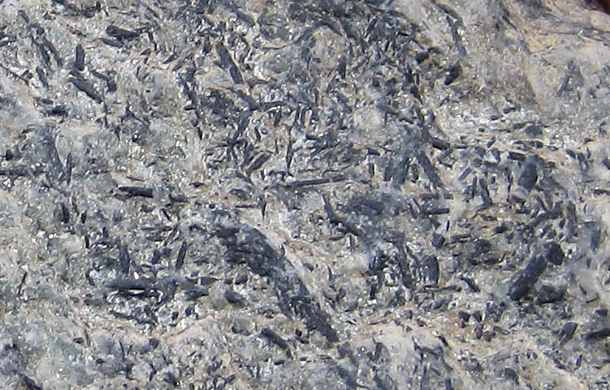
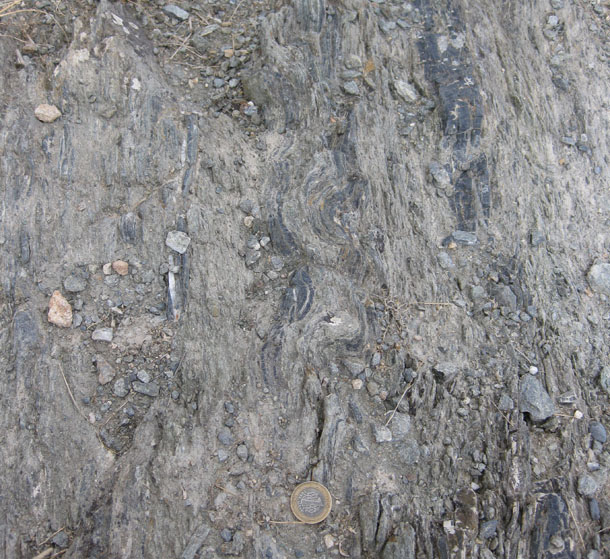
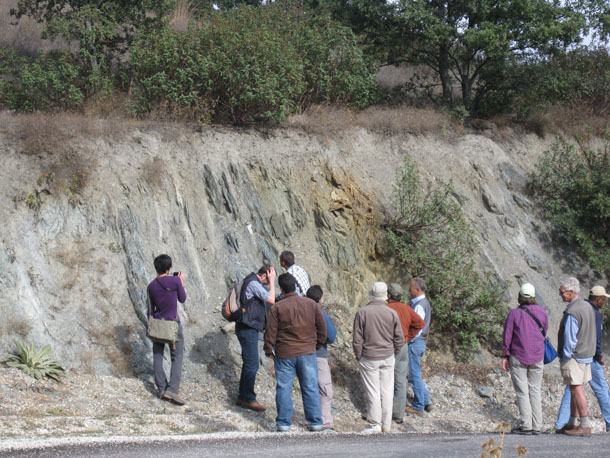
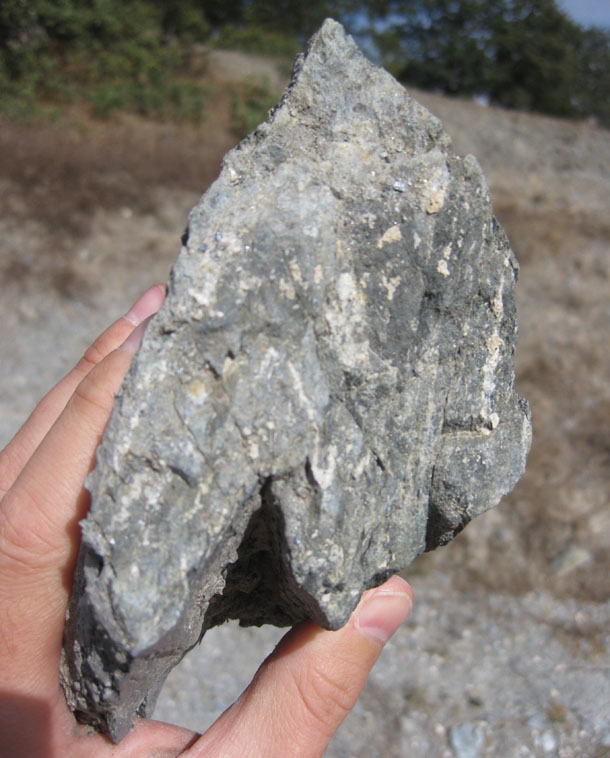
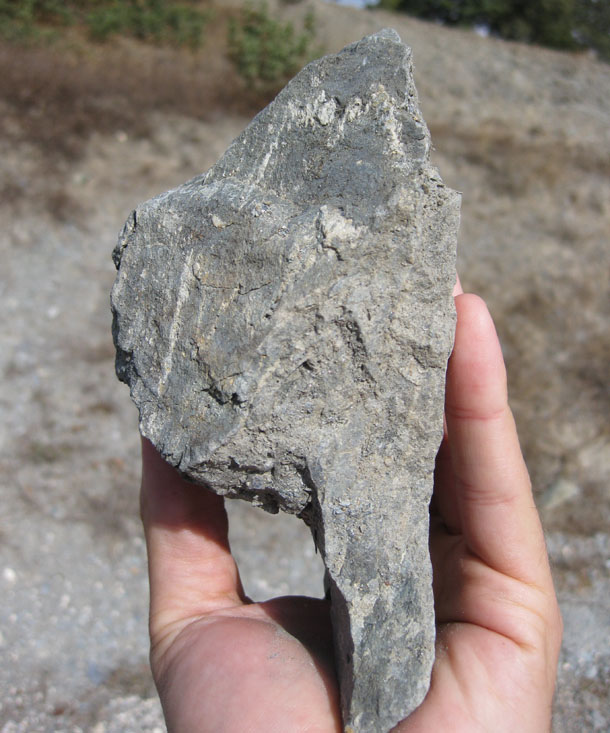
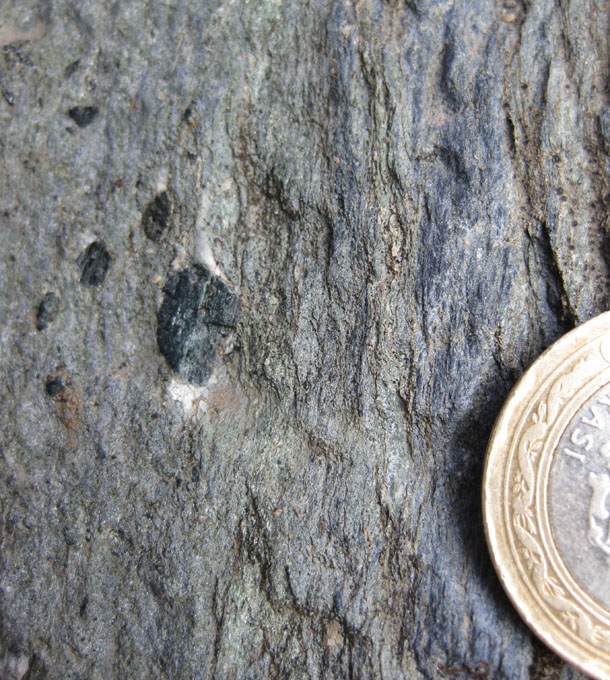
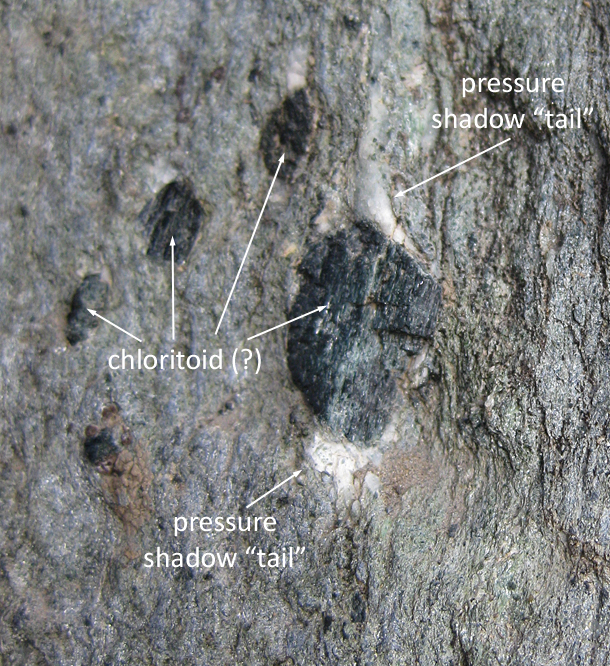
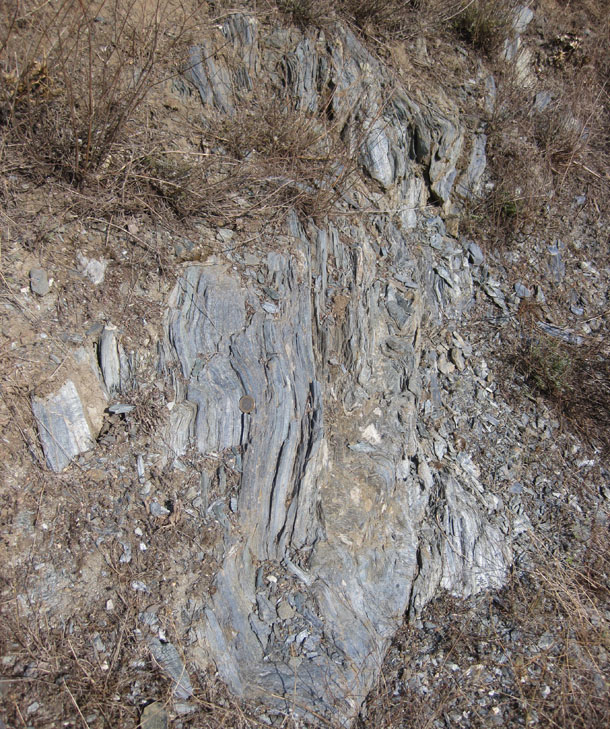
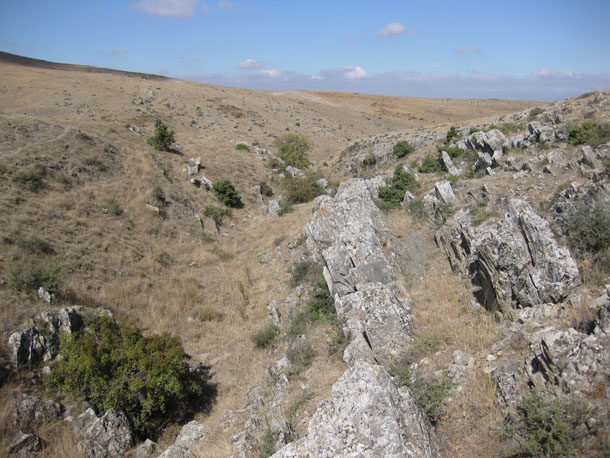
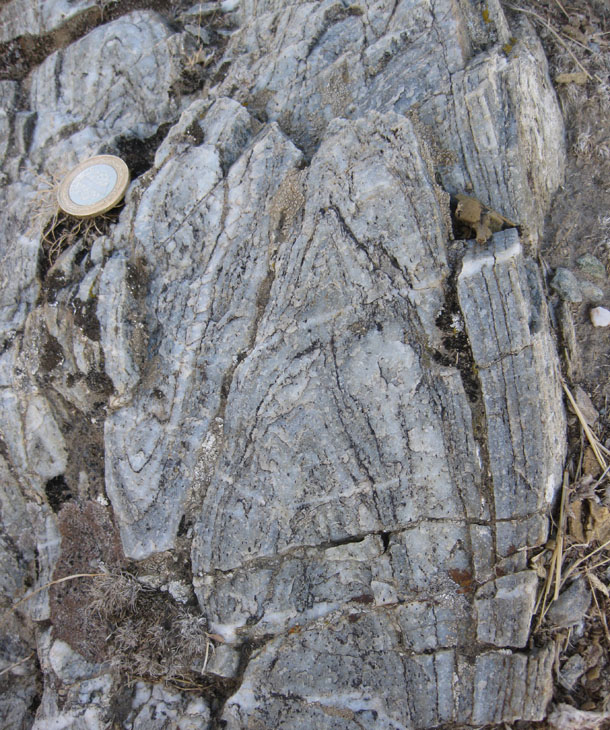

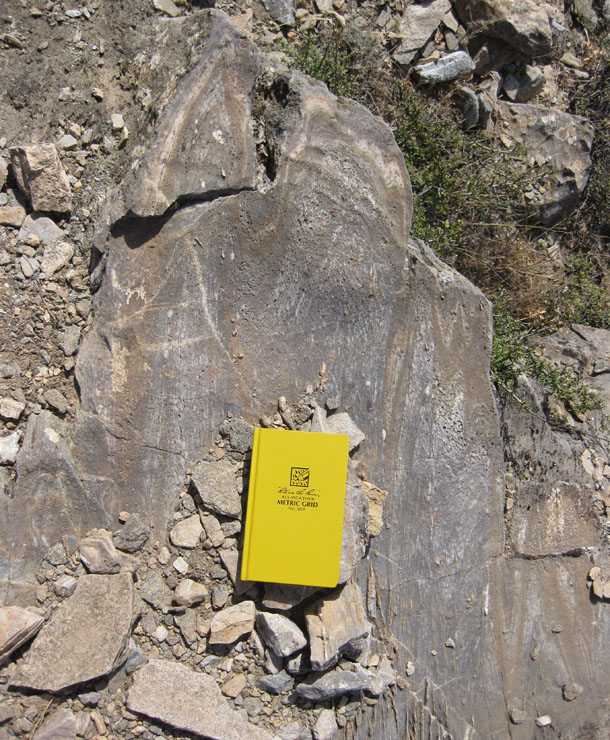
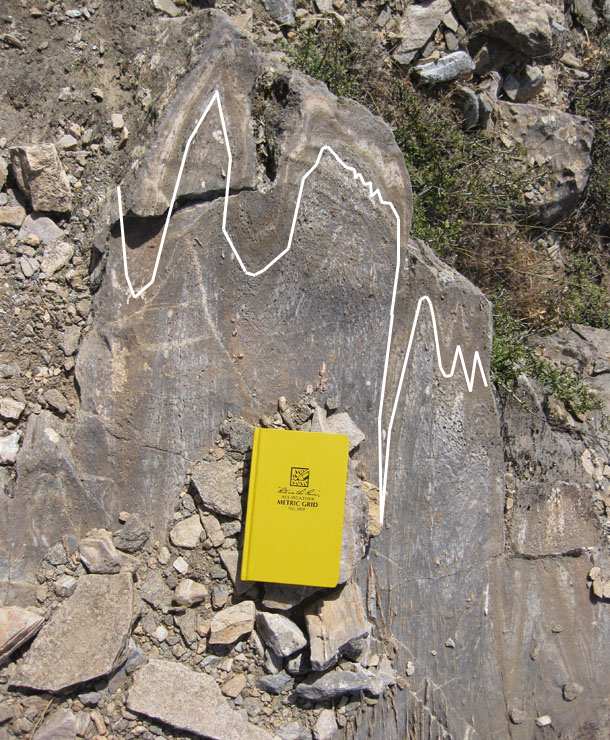
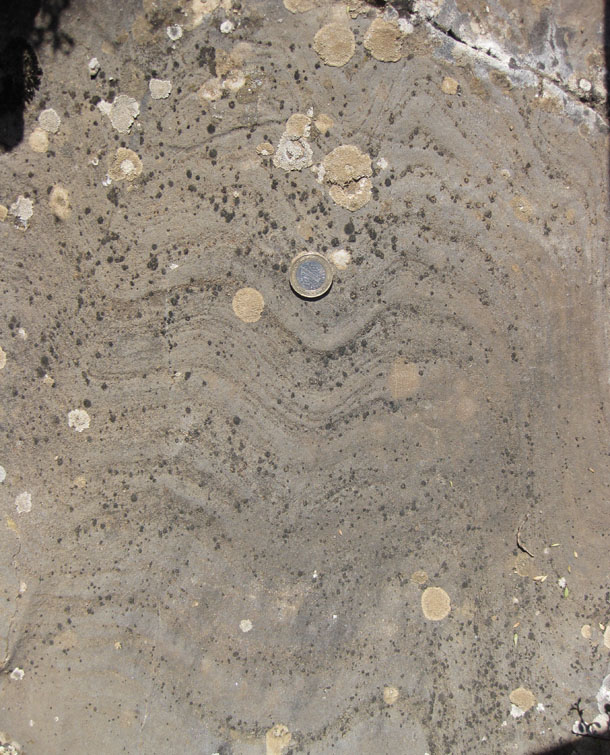
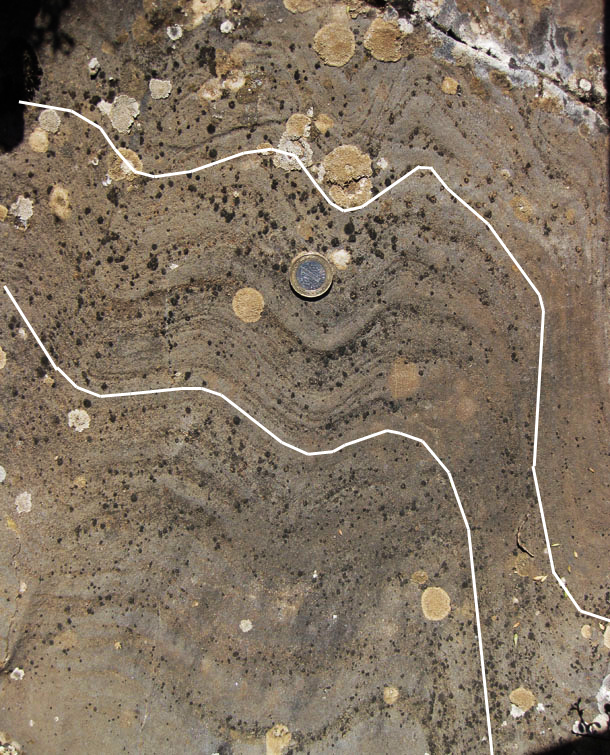
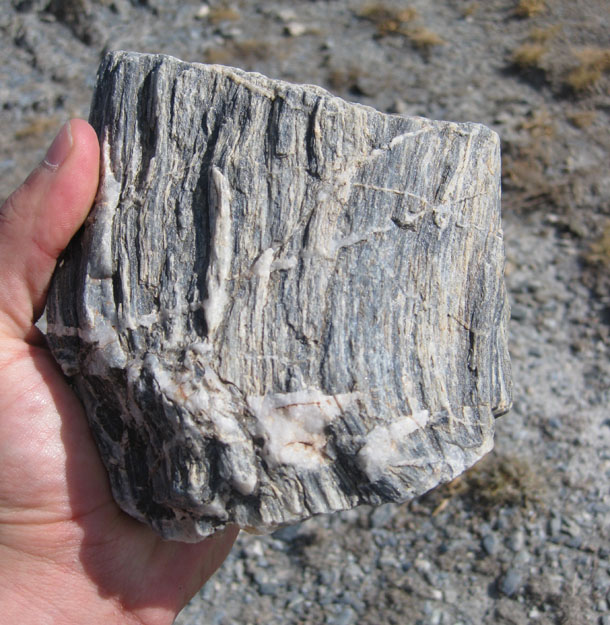
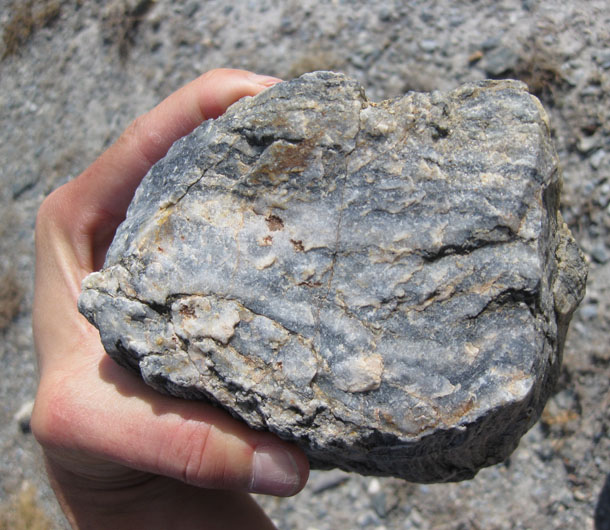
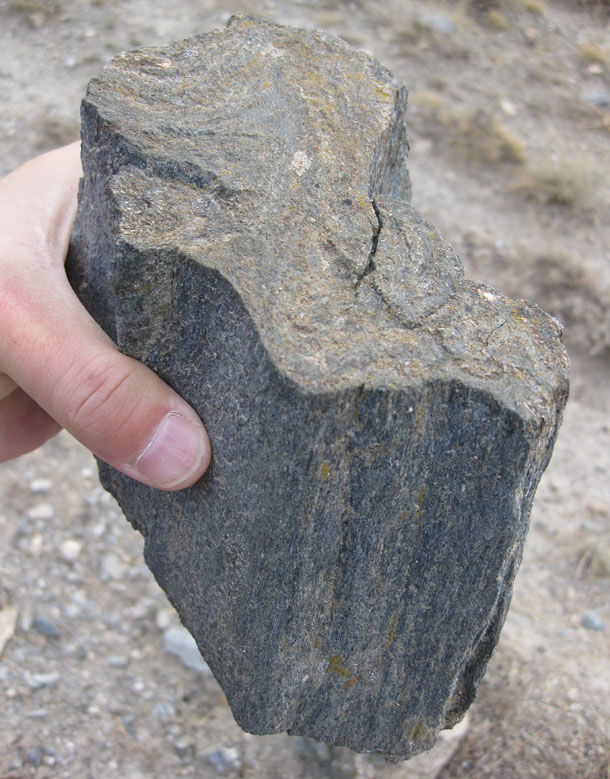
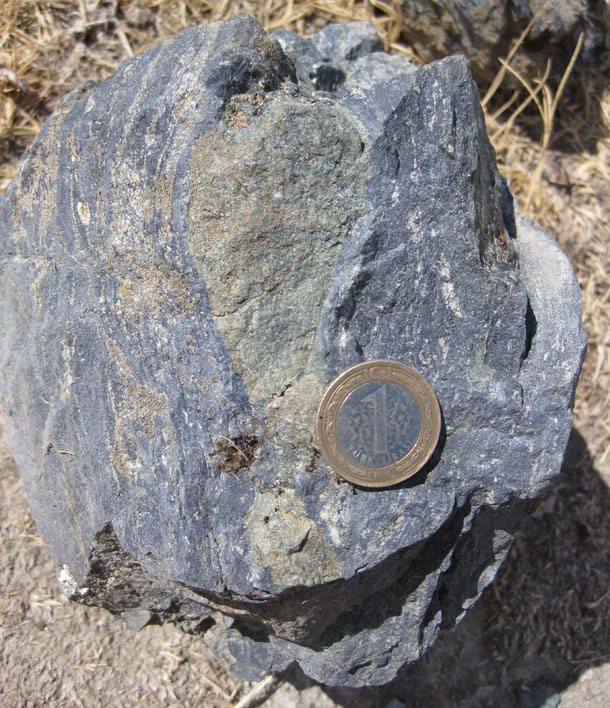
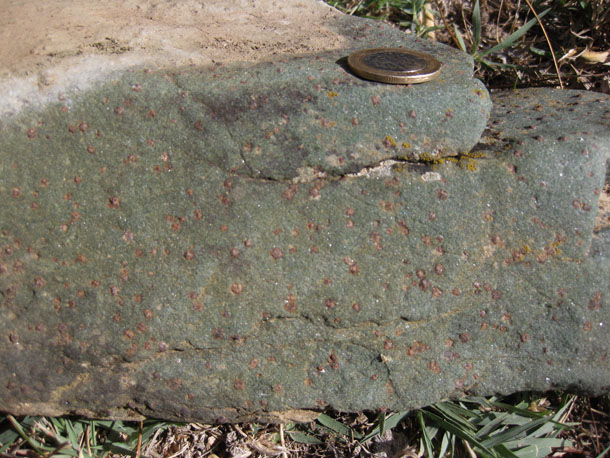
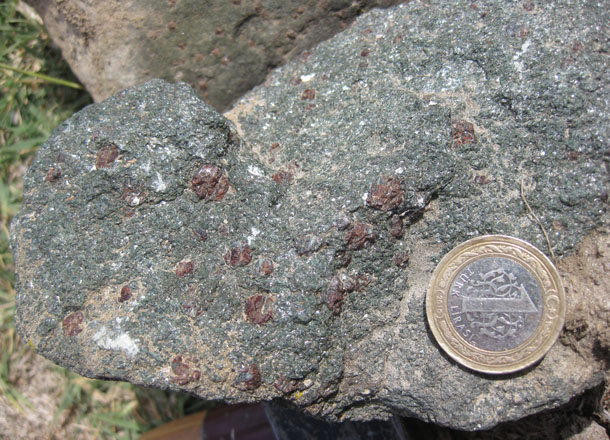
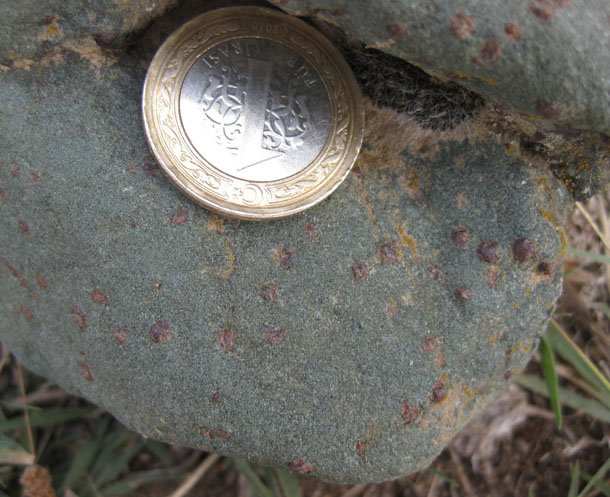
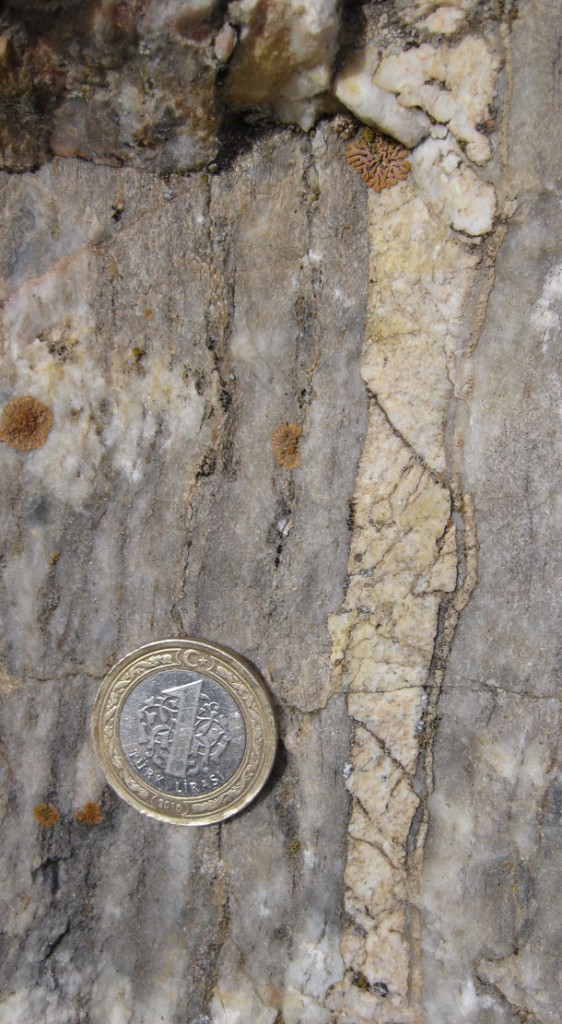
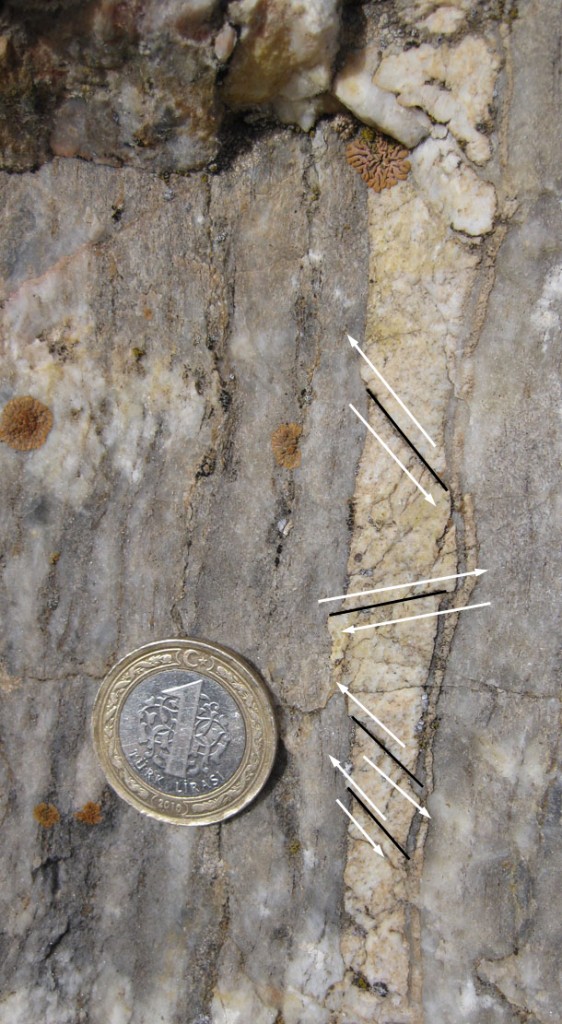

Hi Callan,
I am the one who was supposed to share with you some China rock photos, but embarrassly till now still have yet to upload. I am in Southeast Asia. I have read the whole of the Tavsanli zone series and have some questions to ask you. I am not a geologist only taking up geology as a hobby, and now got addicted. ok, question : the subduction zone that eliminated the Tethy Ocean you mention in the posts, is it the Cimmerian orogeny event in the late Triassic to early Jurassic? If yes then here in Southeast asia would be a part of the same orogenic event when the Cimmerian block drifted north and collided with the Laurasia continent, and here in Southeast asia, the ancient subduction zone cold still be traced from the Peninsular Malaysia up to Thailand, in to Yunnan of southern China. I searched into geology material and found that the Anatolian block of Turkey came from ramnants of the Cimmerian block.